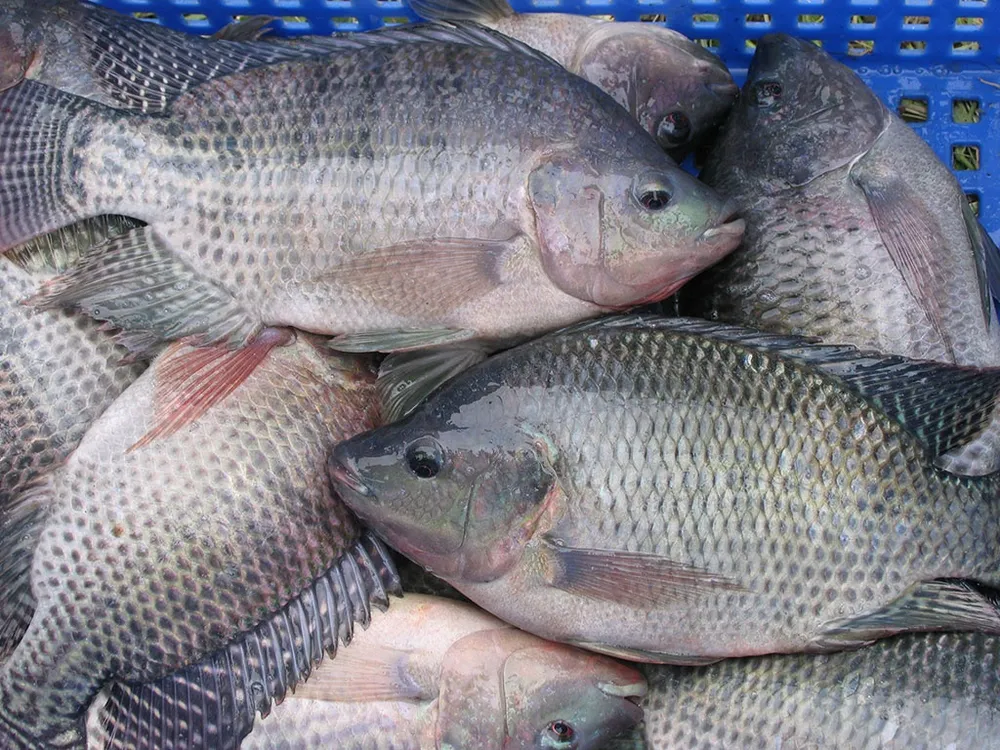According to Rabobank, global tilapia production is expected to surpass 7 million tons by 2025, driven by strong recovery in major producing countries such as China, Indonesia, Egypt, Bangladesh, and Vietnam. Amid global market shifts, Vietnam is emerging as a promising tilapia supplier, effectively leveraging market fluctuations to expand production and exports.
Vietnam’s tilapia exports surge in the first nine months of 2025
During the first nine months of 2025, Vietnam’s tilapia exports reached USD 57.3 million, marking a remarkable 332% increase from the same period in 2024. August recorded the highest growth with nearly USD 10 million in export value, showcasing the agility and adaptability of Vietnamese exporters in a volatile global market. Vietnamese tilapia has entered several key markets, with the United States remaining the most dominant destination.
However, growth is expected to slow in Q4 due to temporarily higher inventory levels in the U.S. following heavy imports in Q2 and Q3. This indicates that Vietnam must shift from capturing short-term opportunities to developing a long-term growth strategy—focusing on improving product quality, diversifying markets, and building a sustainable national tilapia brand.
China and Brazil Lose Competitiveness Due to High Tariffs
China—the world’s largest tilapia producer with around 1.6 million tons annually—is currently subject to a 55% tariff when exporting to the U.S., resulting in declining orders, cancellations, and record-high domestic inventories. While prices have slightly increased, rising production costs have pushed many companies into losses.
Brazil, once expected to replace China, also faces similar challenges after the U.S. imposed a 50% tariff in August, leading to stalled exports and forcing companies to raise prices, diminishing competitive advantage.
Both countries have redirected supplies to domestic markets, but with limited success due to low price levels that cannot offset production costs. Small and medium-sized enterprises face strong competition locally. Overall, the tilapia sectors in China and Brazil are experiencing a dual challenge: weakening export demand, falling prices, and reduced market confidence.
Turning Short-Term Advantages Into Long-Term Strategic Gains for Vietnam
The challenges faced by China and Brazil underline the risks of relying on a single market or product line. Once U.S. tariffs increased, both countries struggled to pivot and maintain export momentum.
For Vietnam, this is a pivotal moment to transform short-term opportunities into sustainable long-term growth. The Vietnamese tilapia industry should:
-
Diversify export markets, targeting Europe, the Middle East, and South America.
-
Expand value-added product offerings, including breaded tilapia, ready-to-cook items, and convenient packaged formats.
-
Invest in breeding, farming technologies, and deep processing to improve productivity, reduce costs, and meet global sustainability requirements.
With global tilapia production projected to keep rising and consumer trends favoring environmentally friendly products, Vietnam has the potential to build a strong national tilapia brand—enhancing its position in the global supply chain not just as a short-term substitute, but as a strategic, stable, and high-value supplier for the long future.








